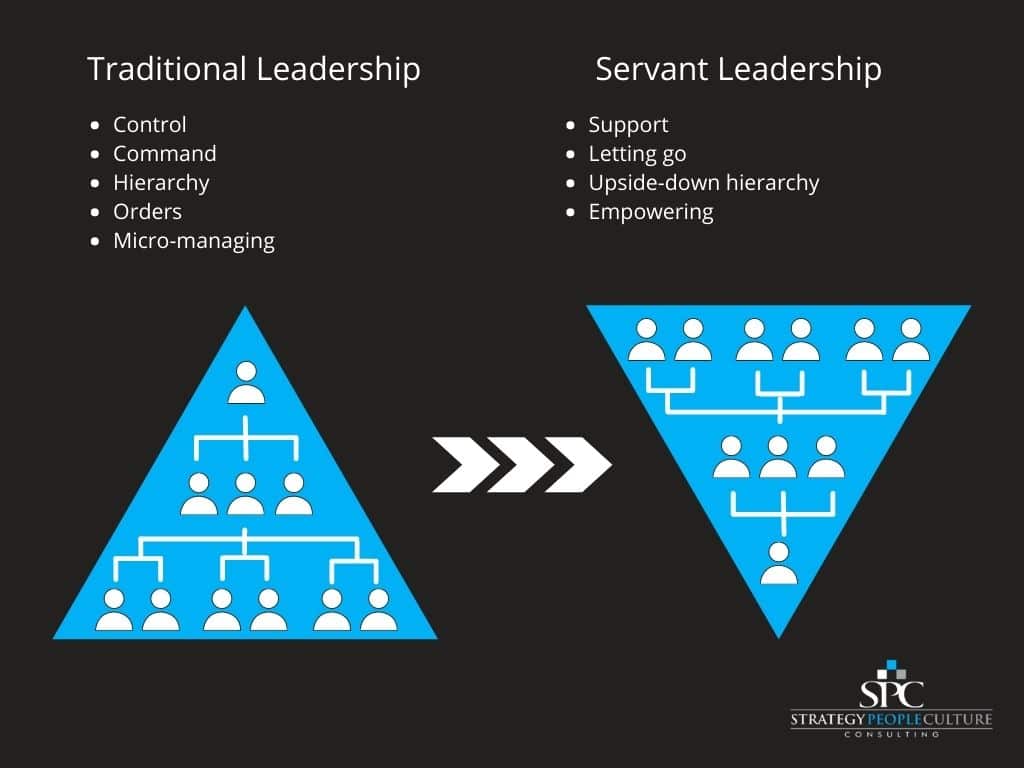12 Leadership Weaknesses and How to Overcome Them

No one is perfect! This, along with death and taxes, are among some of the few absolute statements we can make in American life today. A great many articles are written on leadership, along with the strengths and weaknesses associated with greatness.
While we are all truly unique in our own individual ways, having worked with numerous executives over a few decades, there are some common mistakes I have seen many leaders make, limiting the ceiling of their greatness.
This article is not meant to address them all; this article will discuss 12 self-awareness weaknesses that leaders can work on to improve themselves and make their organizations stronger.
1. The Seat Does NOT Define Leadership

I was a Partner for many years of a large and highly successful professional service firm before launching my private coaching practice in 2012. Like all large organizations, you have employees with different skills, strengths, and weaknesses. Like many large partnerships, real ownership rested in a handful of people. A very senior executive used a phrase that summarizes my point. He said, “some of these {majority Equity Partners) woke up on third base and congratulated themselves as if they hit a triple.”
When employees report to you, you are put in a position of leadership. Simply because you are in a leadership position does not mean you ARE a leader. The mistake I see many leaders make is not challenging themselves to think about what makes them effective leaders and what they could do to be more effective. Authority is required based on hierarchy, meaningful respect is earned.
2. Myopic Thinking
This is a more negative way to exaggerate the point that leaders sometimes get blinded by their own perspective. No leader gets it right 100% of the time; the trick is to do the best you can and develop greater awareness and learn techniques to mitigate the poor decisions and improve one’s decision and problem-solving. Surprisingly, many leaders allow their perspective to prevent broader thinking and do not leverage and build on their emotional intelligence skills, keeping them further away from the goal of making better and better decisions.
3. Improper Leverage

Leadership is “a person who guides or directs a group.” Consequently, the more you are doing (or micromanaging), the less you are leading. Many people in leadership roles are exceptionally busy, and that busyness may cap how truly successful a business can be, not to mention potentially limiting career and life satisfaction.
Failing to move beyond the comfort zone of what leaders know and failing to ask themselves what their highest and best use is to maximize their success and productivity is a major weakness of some leaders. It is incumbent on the leader to learn their strengths and leverage employees to counterbalance their weaknesses. The opportunity cost is too great!
4. Clarity of Expectations
As a leader, can you articulate your expectations of the employees you are leading? Often leaders, make the mistake of having implied expectations and fail to effectively communicate and be sure they are on the same page with their delegates. This tendency leads to disappointment from the leader’s point of view and lower engagement from the employee as they feel like they failed when really the leader failed.
5. Empowerment Without Accountability

Stop the micromanaging! Some of my CEO clients struggle to understand their role and learn how to elevate themselves beyond the function as a doer into an executive who is leading. This is especially common when dealing with entrepreneurs, though it applies to people who grew through the ranks by working hard and being good at doing.
Bill Gates emphasizes empowerment as a key attribute of leaders.The leadership mistake stems from not having accountability in place behind the empowerment. Imagine you are a parent and say to your kids, I empower you to brush your own teeth but don’t hold them accountable. Do you think your child is going to get more cavities? Are you going to be mad at your child or yourself? You should be upset with yourself. It is really that simple.
6. Problem Solving
Being a true leader is helping with problems and coaching towards solutions. Helping to solve problems is critical though it can be practiced in many forms, from having answers to sharing perspectives to asking questions and pushing the boundaries to stretch employees’ thinking to communicating solutions. The major mistake some leaders make is thinking they are supposed to have the answers. Employees will follow when you communicate your vision, strategy, and objectives with strength. The buck stops with you, though your workforce will also respect when you learn and show vulnerability when you do not have the answer.
7. Most Intelligent Person in the Room

As a leader, you are likely intelligent, have good skills, and understand your business. Successful leaders learn they are not the only intelligent people in their organization. Mining the workplace to understand the strengths of the collective brainpower of your workforce is a critical practice. Consider moving beyond IQ and deploy EQ (Emotional Quotient …. aka Emotional Intelligence) to get the most out of your team.
8. Wrong Team
Jim Collins famously promoted the idea of not just filling jobs on the team, rather ensuring you are putting the right people in the right seats “on the bus.” Having the right team goes beyond having employees with strength and competency in their areas. A great leader works towards ensuring their team members have the passion and understand their job is to support your desired culture, vision, and strategic goals. Oprah Winfrey said to “surround yourself with only people who are going to lift you higher” is a key attribute of leadership. As a leader, are you ensuring your employees just have skills or have the motivation to lift you higher?
9. Understanding Consensus
What are the objectives around consensus? What boundaries should a leader establish? Should they be more democratic? Should they be a Monarch or Dictator? What does collaboration mean to their style and approach? Do they need to onboard their teams to get behind their decisions or just demand people follow? In reality, there is no perfect answer. However, honing the skill and having a balance of behaviors will yield greater productivity, improve decision-making, and enhance communication.
10. Absent Mindedness

People in leadership positions are often among the busiest in organizations, and we all have our limits in terms of information overload or effective multi-tasking, etc. Giving direction that is later forgotten or reversed is frustrating to employees and is a trait that often leads to loss of respect or creates doubt in the leader. Stop the micromanaging, create space for your teams, be clear on your decisions and give feedback on how your team can improve in the execution of your plan, vision, and strategy.
11. Command and Control
Traditional management (often confused with leadership) suggests management tells employees what to do and how to do it and criticizes when their wishes are not implemented with the skill they had in mind. Too many leaders fail to invert the traditional employment pyramid and look at their roles as doing everything they can to make the employees they are leading successful. Some call this concept servant leadership.
Whether you buy into this concept or not, learning this concept and skillfully integrating it into your leadership style is often beneficial.

12. Lonely at the Top

Too often, I see leaders believing they have or must display the strength to go at it alone. Whether your team is hundreds or thousands or without deep managerial infrastructure, failing to get independent help to provide insight, create introspection, broaden your thinking, and gain objective council is a mistake.Even if you have a very dedicated management team, they rarely have the skill, self-awareness, or strength to give their leader true objective challenge, opinions, or have the emotional understanding to look past the impact on their jobs. For example, do the VP of Sales, the VP of HR, and the COO have a skewed perspective sometimes?
Strategy People Culture, LLC has been working with leaders for over a decade. If you think we may be able to help, please call us at (833) ROCK – SPC (833-762-5772) or email us at info@strategypeopleculture.com. Testimonials are available on our website at www.strategypeopleculture.com.
